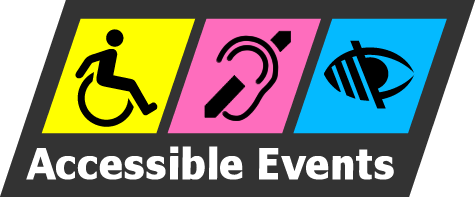Examples of Reasonable Adjustments
In many cases the need for adjustment and the types of adjustment that could be effective will be simple to identify – the disabled person themselves should always be involved in any such discussions (to be ascertained before the meeting, via the Invitation).
Planning in advance for the needs of disabled people to attend your meeting, and ensuring that reasonable adjustments are in place:
Impairment |
Reasonable Adjustment |
| Deaf and Hard of Hearing Impairment | Provide communication support, for example, Hearing Loop System, Speech-to-Text, Pallantype, BSL interpreter. |
| Dietary (People who are diabetic, and those with chronic pain and fatigue). | Maintain scheduled meal times. Keep meeting sessions short so as to allow people to get up and move around. |
| Fatigue: Physical and/ or Mental Impairment | Provide rest-rooms on the same floor as the meeting. |
| Learning Difficulties and Deaf and Hard of Hearing People | Provision of smaller rooms, especially for workshop and interactive sessions at a meeting. |
| Learning Difficulties or Dyslexia | Provide information in advance of the meeting (a week), for example Easy Read.A red and green card system to aid participation within the meeting. |
| Mobility Impairments | Provide different types of seating, for example chairs with arm rests, or high-backed chairs with arm rests. |
| Vision Impairment | Provide written material for meetings in advance. Assess beforehand what format the attendee requires, for example Braille, Audio or Large Print (including Large Print copies of Power Point Presentations). |
- Disabled People often require frequent breaks, and cold drinks should be made available throughout the meeting.
- Transport is a major concern to disabled people, therefore, a variety of transport options should be made available, for example, community transport and taxis.
- Allow travelling outside of rush hours.

